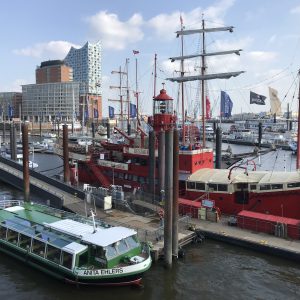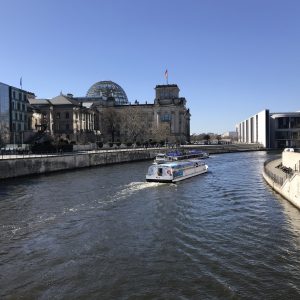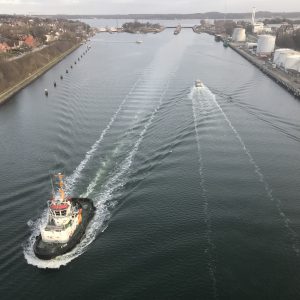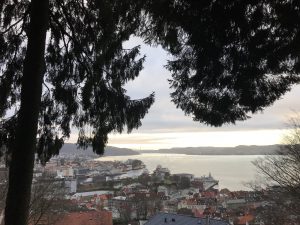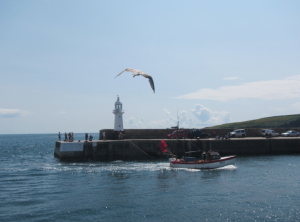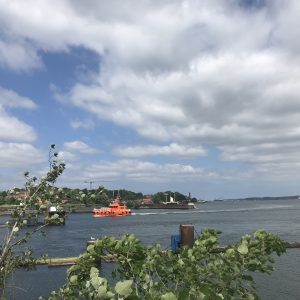
Ships displace huge amounts of water, and it doesn’t come back immediately when they are gone!
Last weekend, while wave watching at one of my favourite spots, I observed something curious. Look at the movie below, this is what the turbulent wake of a ship usually…
